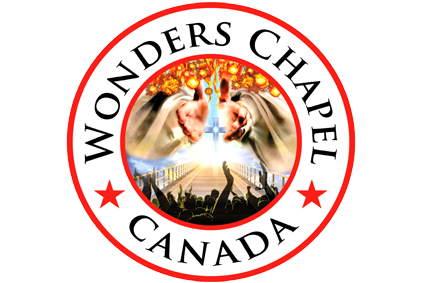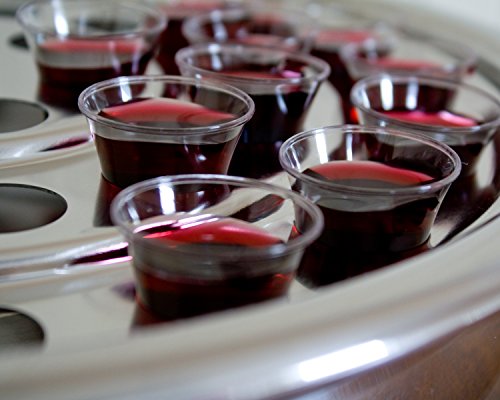Bread and wine were used – unleavened bread and Passover wine. These were symbols of His body and blood –broken and shed. He is present by these symbols and those who partake in faith, by faith feed on Him, His death and sacrifice for sin.
2) Memorial – “This do in remembrance of me.” Remember, do not forget. Jesus said, “Henceforth I call you not servants, but…friends” (John 15:15). It is the privilege of a friend to remember, to keep alive the memory of a loved-one. The Passover looked back to Exodus remembering; the Lord’s Supper looks back to Calvary remembering.
Communion Table Addresses
This is a memorial, not a Mass! This is a supper, not a sacrifice! Here, no minister or priest stands between God and man. Altogether, around the table with Christ at the center.All share the same elements, eat and drink. The evangelical view is – the Lord’s Supper is not the repetition of a sacrifice – the elements are not changed – the memorial center is the living Christ (being remembered in His death), and partakers are blessed, not by the mere partaking by the mouth, but by partaking in faith.
3) Prophetical – “till he come” (1 Corinthians 11:26) The fact of His second coming is mentioned in the
NT and He spoke of it Himself. Here, in the final act of remembrance, He includes the hope of His return.
The cross is linked with the Communion and the Communion is connected with the second coming – bearing witness not only to the first advent, but also to the hope of the Second Advent. At the table we look back, in faith, to the sacrifice of the cross for redemption; we look forward to His coming again. Between the cross and the Second Coming is the Communion service.
4) Evangelical – “ye do shew the Lord’s death till he come” (1 Cor. 11:26). At the Lord’s Supper we are proclaiming the very heart of the Gospel. Here we confess “I believe…”, God-ward, we confess faithbefore God; man-ward, we confess Christ as Savior and King. To share in this feast, one with the other, “let a man examine himself” (1 Cor. 11:28). Examine himself and not another.
You may also notice Communion Tables at the front of the ballroom each week. You are invited to take Communion before or after the service, or during any of the songs. Some weeks we celebrate Communion together as a church family during the service.
Communion (1 Corinthians 11:23)
This ordinance is one of the means of grace. It leads us to Christ;
(a) By the ear – the word;
(b) By the eye – seeing the symbols;
(c) By the taste – partaking, taste and see, by faith;
(d) By the affections – response inwardly.
This doctrine must be most effectual which stirs up most of our outward senses – hearing, seeing, tasting and feeling (affections). These all move the heart and are most effectual as a means of grace. The ordinance stirs up the outward senses to arouse the inward affections.


